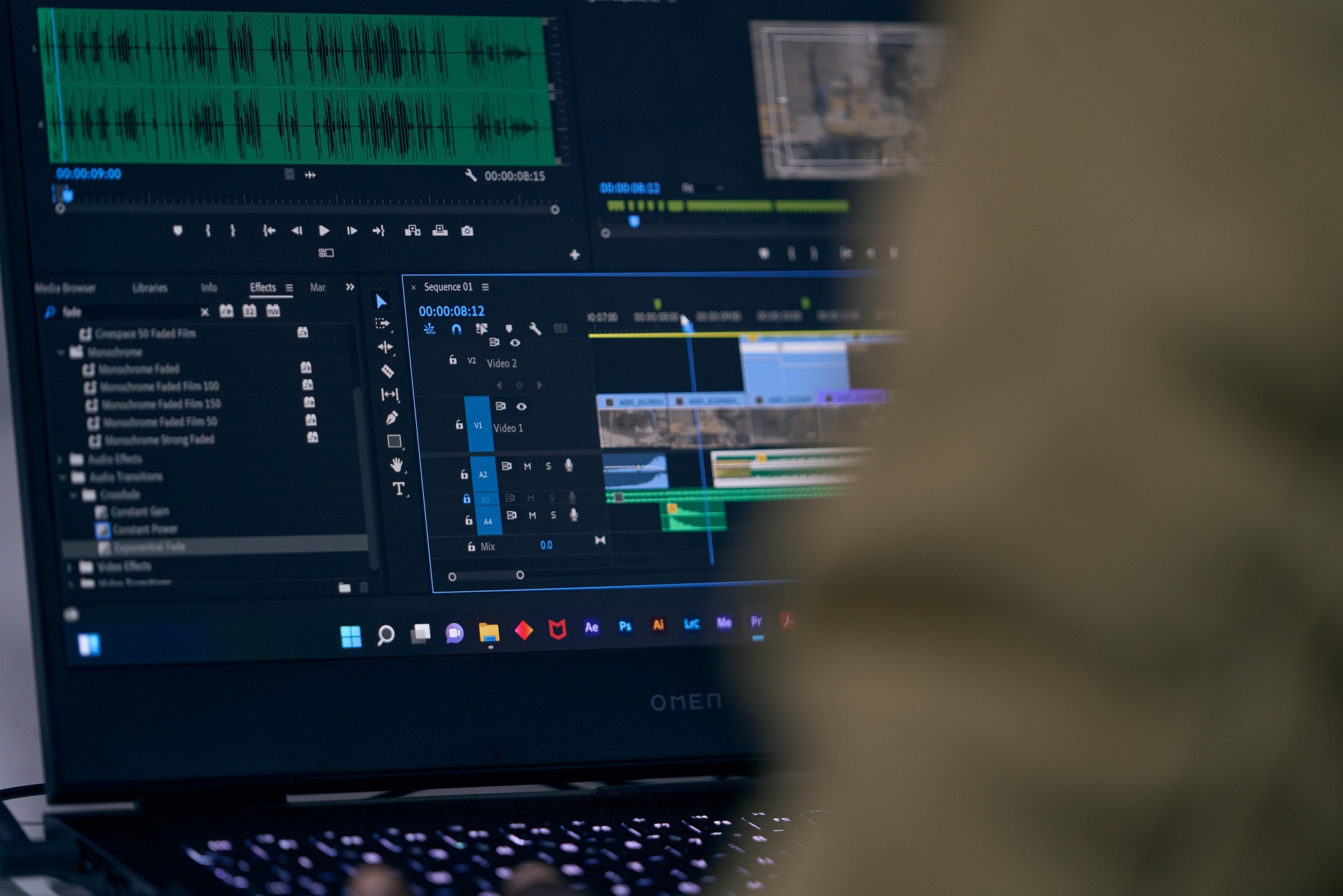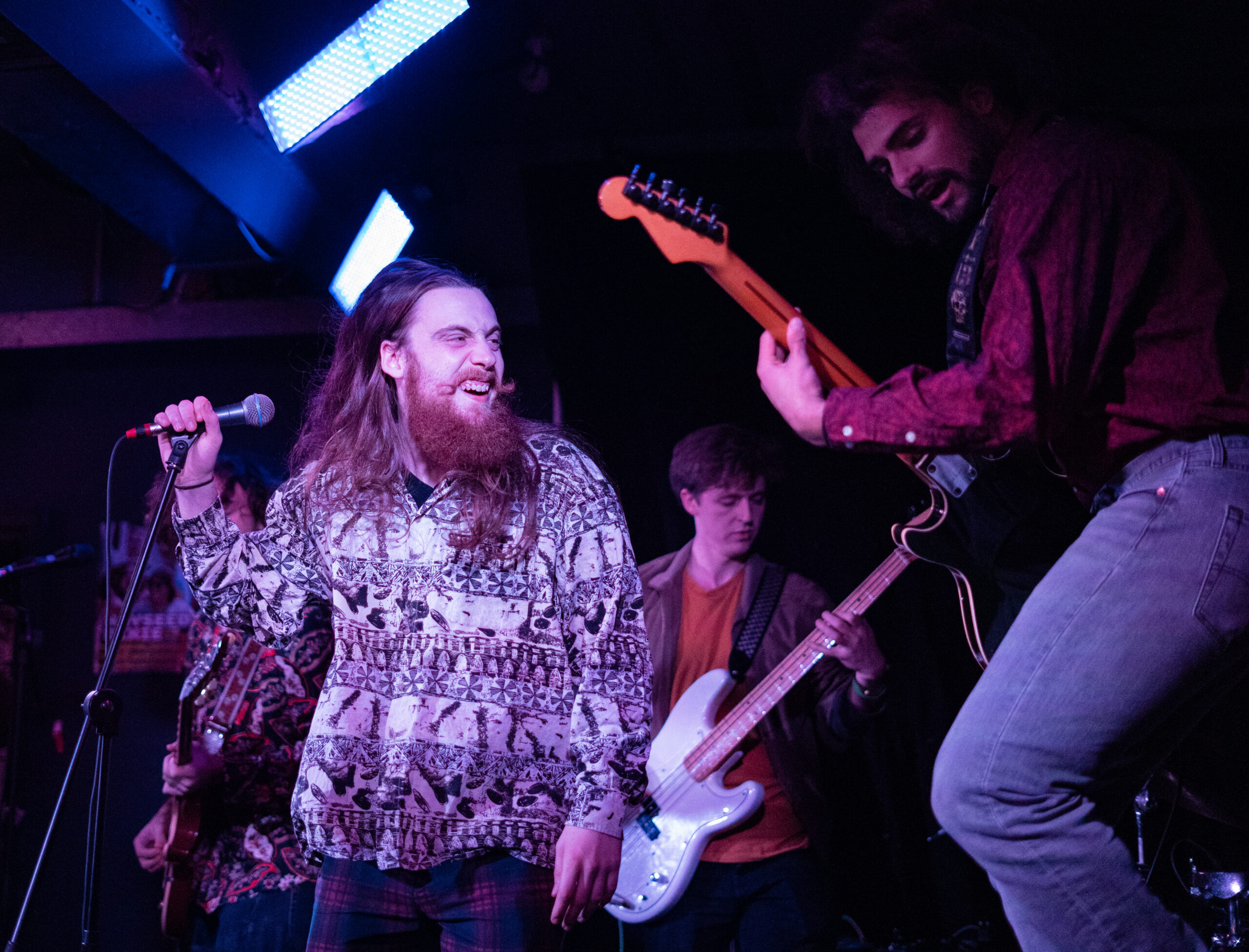The Editor’s Real Job: Manufacturing Goosebumps
Anyone can learn the technical basics of video editing. You can watch a YouTube tutorial and figure out how to cut clips together, add a music track, and export a file. That’s the science part. But that’s not what makes a video great.
The real job of an editor isn’t technical; it’s emotional. It’s a kind of modern-day alchemy. Their job is to take a hard drive full of cold, lifeless digital files—the raw footage—and transform it into something that gives you a feeling. Goosebumps. Laughter. A lump in your throat. A rush of excitement.
This is the difference between a video that is simply watched and one that is truly felt. It’s a skill that goes way beyond knowing which buttons to press. It’s about understanding how to build a narrative, control the pace, and manipulate sound and colour to take the viewer on an emotional journey. It’s about the art of storytelling through video editing. This guide is about how that magic happens.
The First Act of Magic: Finding the Story’s Spine
An editor’s first job is that of a detective. They have to sift through hours of raw, chaotic footage to find the clues that will form the spine of the story. A great video is never just a chronological list of things that happened; it’s a curated narrative with a clear beginning, middle, and end.
The beginning needs to be a hook. It has to grab the viewer’s attention and set the scene. An editor will hunt for the perfect opening shot—a quiet, beautiful, scene-setting moment, or a powerful, intriguing soundbite that makes you lean in and ask, “What’s this all about?”
The middle is the heart of the story, where the main action or emotional peak occurs. The editor’s job here is to build energy and emotion, creating a powerful montage of the best moments that builds towards a climax.
The end must provide a satisfying payoff. It’s the final, powerful image or emotional beat that leaves a lasting impression on the viewer. Finding these three key “tentpole” moments in the raw footage is the first act of storytelling through video editing; it provides the entire structure upon which the magic is built.

The Crucial First 5 Seconds: The Art of the ‘Hook’
In the age of the endless scroll, you have about five seconds to give a viewer a reason to stop and watch your video. Five seconds! An editor knows this, and they obsess over crafting the perfect ‘hook’ to grab the viewer’s heart and mind from the very first frame.
A great editor rarely starts a story at the logical “beginning.” That’s often too slow. Instead, they will hunt for the most powerful and intriguing moment to use as an opener.
This could be the peak emotional soundbite from an interview, a provocative question that the rest of the video will go on to answer. It could be the most visually stunning shot from the entire day, a moment of pure beauty that makes the viewer pause. Or, it could be the climax of the action, starting with a bang and then spending the rest of the video explaining how we got there.
The goal is to create an immediate question or an immediate feeling in the viewer’s mind. Nailing the hook is a crucial part of storytelling through the art of video editing; it’s the art of earning the audience’s attention.
Creating Your Characters: The Art of Storytelling Through Video Editing
Every story needs a hero. To make an audience truly feel something, you have to give them a person to connect with and root for. A skilled editor knows this, and a huge part of their job is to build these “characters,” even in the simplest of videos.
In a wedding film, the couple are the obvious heroes. An editor will carefully select the shots and soundbites that best showcase their love story and personalities. In a corporate video, the “hero” might be the passionate business owner or a happy, satisfied customer. The editor will choose the interview takes where they are at their most authentic and charismatic and use B-roll footage—like shots of them interacting with their team—to add depth and likability.
Even a problem can be a “villain”! An editor can use music and visuals to make the challenge your business solves feel like a real, frustrating obstacle. This is a subtle but vital part of storytelling through video editing; you have to give the audience a hero to root for and a villain (or problem) to root against.
The Emotional Soundtrack: How Sound Shapes the Feeling
An editor’s most powerful tool for creating a feeling isn’t a visual effect; it’s sound. The music and sound design of a video are the emotional signposts that tell the audience how they should be feeling from one moment to the next.
The music is the most obvious part of this. An editor doesn’t just pick a song they like; they pick a song that serves the story. A sad, gentle piano track will instantly make a scene feel poignant and emotional. An energetic, upbeat, driving track will make a montage feel exciting and inspiring. The music is the emotional heartbeat of the story.
But it goes deeper than that. A skilled editor uses sound design to add extra layers of feeling. One of the most powerful tricks is to suddenly remove the music entirely, leaving just the raw, unedited sound of a person’s voice. This creates a moment of incredible intimacy and makes the audience lean in and really listen. Mastering the audio is a key part of storytelling through video editing; it’s how you get directly to the viewer’s heart.
The Final Payoff: Building to an Emotional Climax
Every great story needs a great ending. A video that just fizzles out leaves the viewer feeling unsatisfied. A skilled editor uses every tool in their arsenal to build towards a powerful, emotional climax that provides a satisfying payoff.
In the final act of the video, all the elements we’ve talked about come together. The story reaches its peak with the most powerful soundbite or the most triumphant visual. The music swells to its most emotional and powerful point. The pace of the edit might get faster and faster, building a frantic sense of energy, before suddenly slowing down for one final, impactful moment.
The editor obsesses over the final shot of the video. This is the last image the viewer will be left with, and it has to be perfect. It should be a shot that perfectly summarises the entire “feeling” of the video, whether that’s joy, success, inspiration, or romance. Crafting a satisfying conclusion is the final act of storytelling through video editing, and it’s what makes a video truly memorable.
Your Final Story Questions: An Editing FAQ
Q: My raw footage seems quite boring. Can an editor really find a story in it?
A: You would be absolutely amazed! A skilled editor is a specialist at finding the story in places you wouldn’t expect. They can find the one passionate, off-the-cuff remark in a corporate interview that becomes the entire emotional heart of the video. They can find a tiny, one-second glance between two people at a wedding that tells a whole story. While dramatic footage is always a bonus, the real skill of an editor is to find the hidden magic in any material.
Q: How much say do I get in what the ‘story’ is?
A: It should always be a collaboration. Your job is to give the editor a clear brief on the overall goal and the key message you want to get across. That sets the destination. You can then trust the editor to use their creative skills to map out the most effective and emotionally engaging route to get there. A professional process will always include a review stage where you can see a first draft and give your feedback.
Q: What’s the one thing that elevates a ‘good’ story to a ‘great’ one in an edit?
A: It’s all about the details. Good storytelling gets the main narrative arc right. Great storytelling finds the perfect, tiny, human moments within that arc. It’s choosing the perfect soundbite that gives you goosebumps, cutting to a split-second shot of a genuine emotional reaction, and timing it all to the perfect beat of the music. This incredible attention to detail is the true art of storytelling through video editing.


